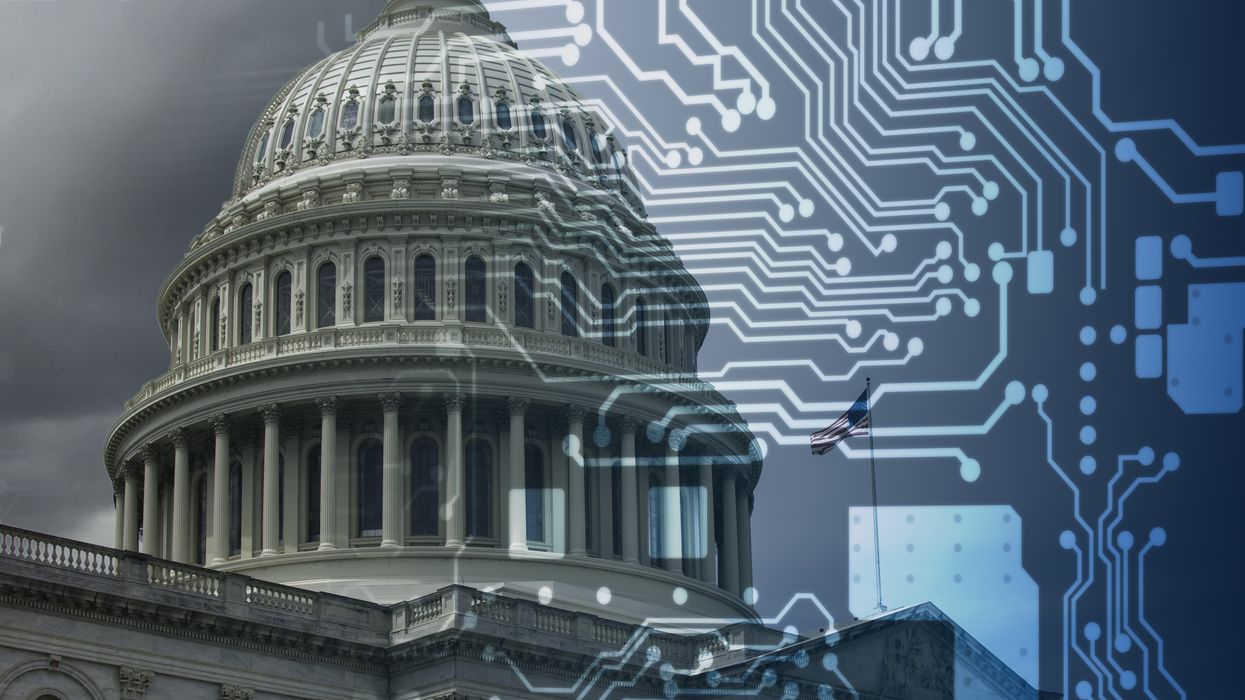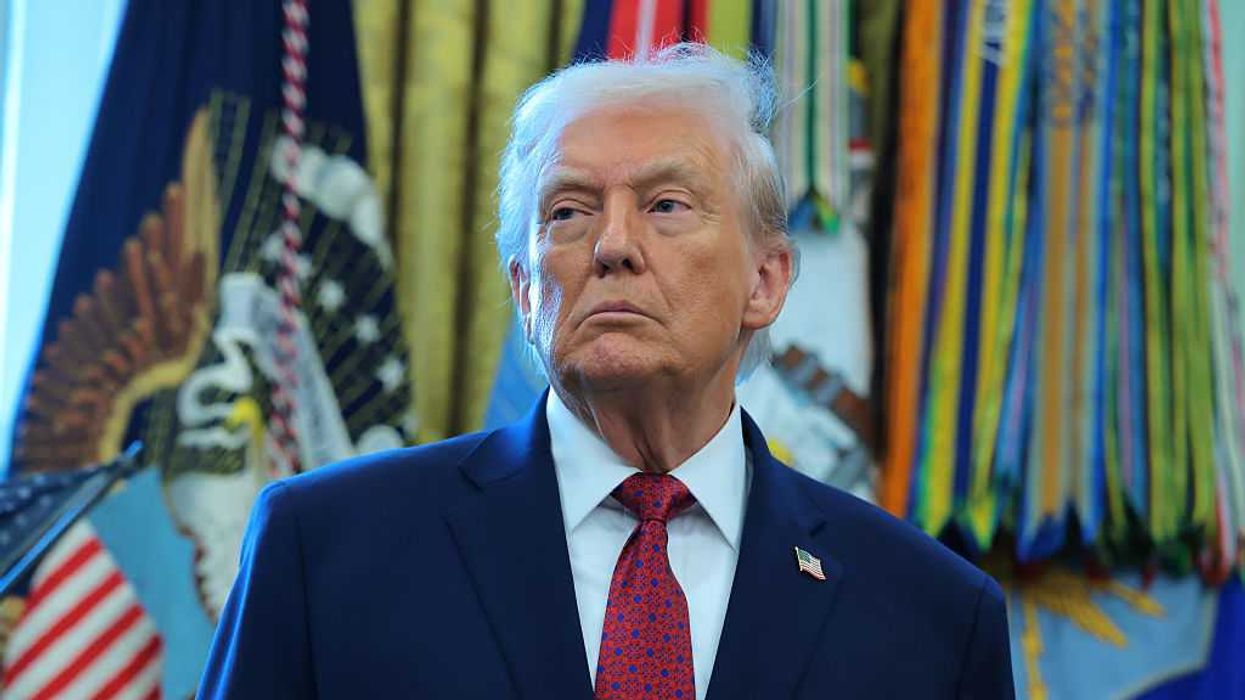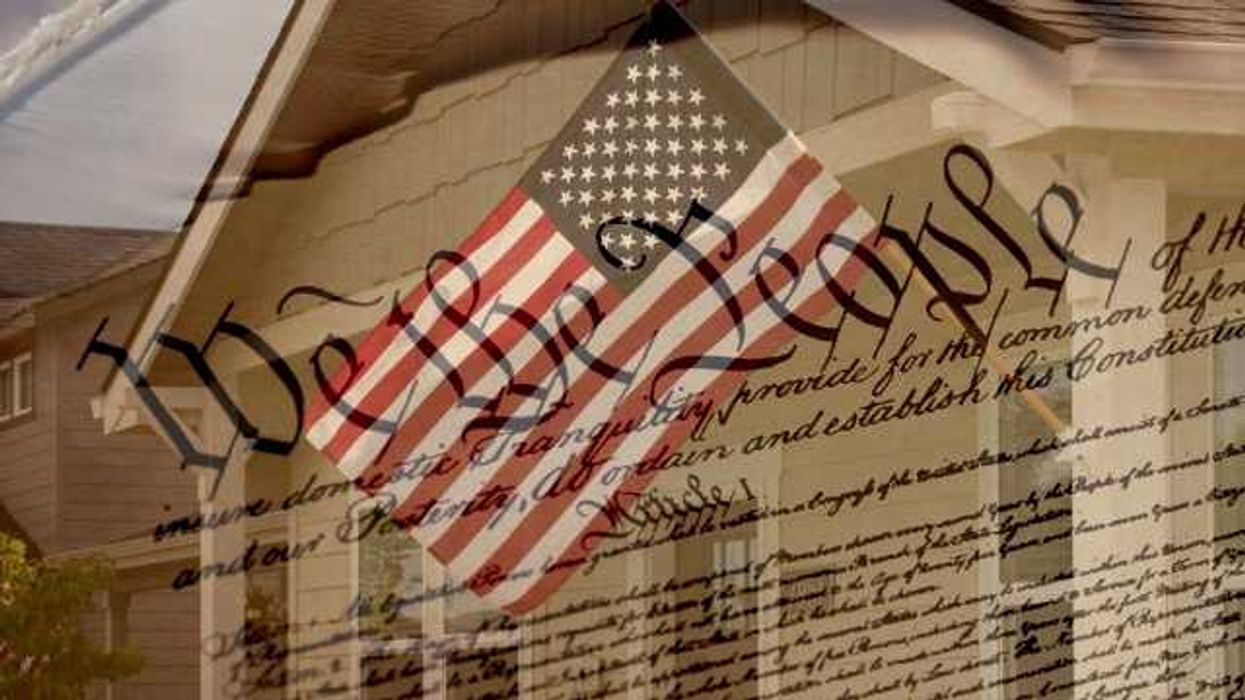Bobb is president and CEO of the Bill of Rights Institute, a nonpartisan, nonprofit organization that advances civic and history education.
Remember when election season just meant getting bombarded with television advertisements and direct mail?
Now, we are in the age of polarizing, hyperbolic headlines and strangers launching withering personal attacks against each other on social media.
Americans are so exhausted with our nation’s political tone that most now limit how much information they consume about politics and government, according to the Associated Press-NORC Center for Public Affairs Research.
Election Day will come and go soon enough. But we need to reflect on what happens afterward, and how we can create a healthier discourse moving forward.
This will require a revitalization of civic education in America. And it is clear this process cannot and should not be led by our federal government.
At the Bill of Rights Institute, we work with more than 76,000 civics and history teachers who reach more than 7.6 million students per year.
Civics helps young people learn about founding principles that connect us as Americans, regardless of our differences, such as liberty, equality and freedom. Students also learn to think critically and engage civilly, even with people they disagree with.
These skills are lacking among too many Americans today — perhaps an inevitable byproduct of decades of deprioritizing civics in schools. This has led to calls for extensive federal investment and involvement in civic education.
Not so fast.
The notion that greater federal investment will improve student achievement should induce skepticism. For example, we have had a Cabinet-level Department of Education since 1980, and there has been no sustained progress on fourth or eighth grade reading scores during that time.
Our federal government, regardless of who is in power, is ineffective at allocating resources to improve student learning. The data has long made this apparent.
Perhaps more concerning, we need to decide whether a hyper-polarized Congress should determine allocations and conditions for civic education in America.
Inviting politicians still arguing about who won the last election to chart the future of civics is a grave mistake. It is a recipe for whiplash-inducing changes that could sow chaos in schools as political winds shift.
There is no need to speculate about this — it already happened.
In January 2021, during its waning days, the Trump administration released a history framework called the 1776 Report. It was derided by some historians as far-right propaganda, and Donald Trump has since promised to reinstate the commission that produced it.
In April that same year, the Biden administration’s Department of Education released a grant program extolling the virtues of The New York Times’ “1619 Project,” which faced withering attacks from the right and calls for corrections.
Wherever your sympathies lie, these diametrically opposed texts were both endorsed by the federal government within 90 days of each other. If the federal government assumes a larger role in civic education, expect much more of this chaos.
The notion that we cannot improve civic knowledge without massive federal involvement is a red herring. We should be wary of a “No Child Left Behind” for civics and the baggage that will accompany it.
Instead, the movement to improve civics must happen locally, where most funding and curricular decisions are made. This movement is already happening in places like Johnstown, Pa., where the University of Pittsburgh-Johnstown and local schools partnered to increase civic education throughout K-12 classes.
These community approaches can yield more rapid, effective and locally tailored solutions than anything coming out of Washington.
To improve civic education and our national discourse, we need more local initiatives and we need more local citizens speaking up. But if we reach for Uncle Sam’s purse strings, expect our schools, teachers and students to become tangled in them.




















 Shannon Gormley, Rhode Island Public Schools
Shannon Gormley, Rhode Island Public Schools Les Sinclair, Blue Ridge Area Food Bank
Les Sinclair, Blue Ridge Area Food Bank Elena Casillas Hoffman,
Elena Casillas Hoffman, 
 Darrious Hilmon, Executive Director, CAN-TV
Darrious Hilmon, Executive Director, CAN-TV